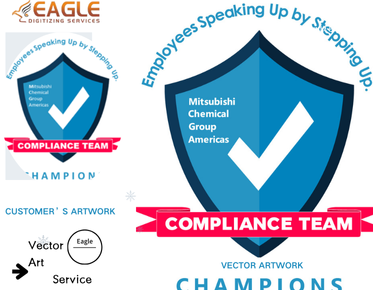Are Screen Printing Screens Reusable?
html
Screen printing is a popular method for creating vibrant and durable designs on various materials. One of the most common questions asked by those new to screen printing is whether the screens used in the process are reusable. The answer is yes, screen printing screens can be reused, but there are several factors to consider to ensure their longevity and effectiveness. Understanding these factors can help you make the most out of your screen printing setup and maintain high-quality prints over time. For more detailed insights into the screen printing process, you can explore resources like this video on silkscreen printing.
Understanding Screen Printing Screens
Screen printing screens are made of a fine mesh stretched over a frame. The mesh is coated with a light-sensitive emulsion, which hardens when exposed to light, creating a stencil for the design. The ink is then pushed through the mesh onto the printing surface, creating the desired image. The quality and type of mesh, as well as the emulsion used, play significant roles in the reusability of the screens.
Factors Affecting Reusability
Several factors influence how many times a screen can be reused. These include the type of ink used, the quality of the mesh, the emulsion, and the cleaning process. Let's delve into each of these factors:
Type of Ink
The type of ink used in screen printing can affect the lifespan of a screen. Water-based inks are generally easier to clean and less harsh on the mesh, making them a better option for reusability. Plastisol inks, on the other hand, require more rigorous cleaning processes, which can wear down the mesh over time.
Quality of the Mesh
The quality of the mesh is crucial for the screen's durability. Higher-quality meshes are more resistant to wear and tear, allowing for more reuses. It's important to choose a mesh that suits the type of printing you are doing, as different meshes are designed for different levels of detail and ink types.
Emulsion Type
The emulsion used to create the stencil on the screen also affects reusability. Some emulsions are designed to withstand multiple uses and cleanings, while others may degrade more quickly. Using a high-quality emulsion and applying it correctly can extend the life of your screens.
Cleaning Process
Proper cleaning is essential for reusing screens. After each use, screens should be thoroughly cleaned to remove all ink and emulsion residues. This process often involves using a screen cleaner and a pressure washer. Careful handling during cleaning can prevent damage to the mesh and frame, ensuring the screen can be reused multiple times.
Best Practices for Reusing Screens
To maximize the reusability of your screens, follow these best practices:
- Use high-quality materials for both the mesh and emulsion.
- Choose inks that are easier to clean and less abrasive on the mesh.
- Handle screens carefully during the cleaning process to avoid damage.
- Store screens in a dry, cool place to prevent warping or degradation.
Environmental and Economic Benefits
Reusing screens not only saves money but also reduces waste, making screen printing a more sustainable practice. By extending the life of your screens, you minimize the need for new materials and decrease the environmental impact of your printing operations.
Challenges and Considerations
While reusing screens is beneficial, it does come with challenges. Over time, screens may lose tension, or the mesh may become damaged, affecting print quality. Regular maintenance and inspection of screens are necessary to ensure they remain in good condition. Additionally, some designs may require unique screens that cannot be reused for other projects.
Future Trends in Screen Printing
As technology advances, new materials and techniques are being developed to enhance the reusability of screen printing screens. Innovations in mesh materials and emulsion formulations are making screens more durable and easier to clean. Furthermore, digital printing technologies are being integrated with traditional screen printing methods, offering new possibilities for customization and efficiency.
In conclusion, screen printing screens are indeed reusable, provided they are properly maintained and handled. By understanding the factors that affect reusability and following best practices, you can extend the life of your screens and enjoy the benefits of sustainable and cost-effective printing. For those looking to transform their creative visions into scalable designs, Eagle Digitizing excels in delivering professional vector art services, ensuring your designs are ready for any printing challenge.


